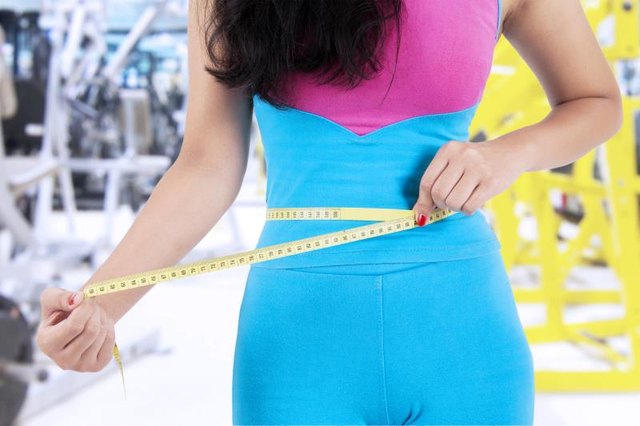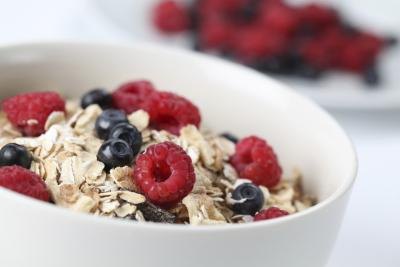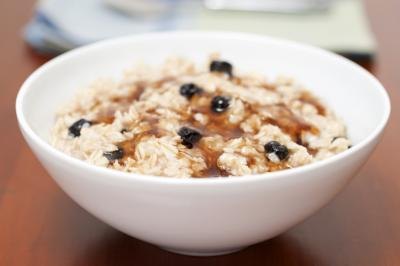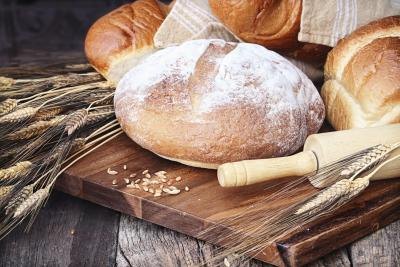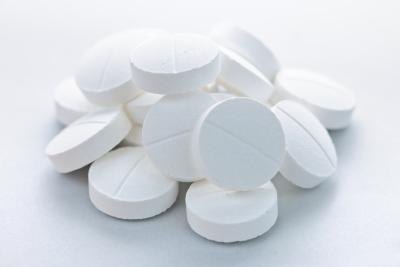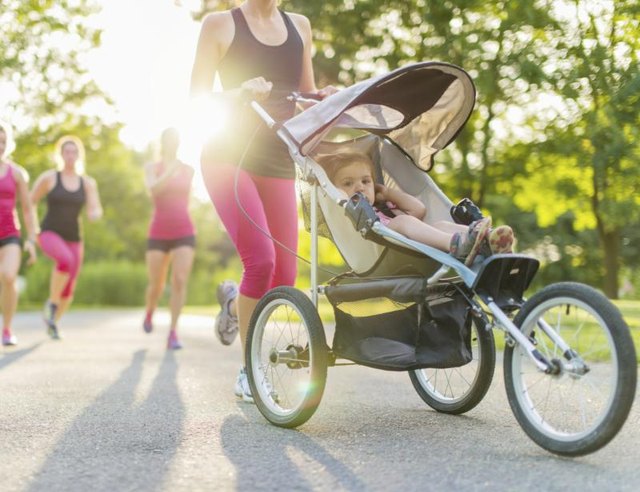"Don't eat after 8 p.m." "Eat dinner by 7 p.m." "No snacking after 9 p.m." There are plenty of variations of the myth that eating at night is especially fattening; however, calories affect your body the same any time of day, the Centers for Disease Control and Prevention point out. If you are legitimately, physiologically hungry at night, it's fine to have a small, nutritious snack. If you're eating due to boredom or emotional triggers or if you're snacking on empty calories, it's unhealthy. If it's a problem for you, there are healthy ways to avoid after-dinner snacking.
A young woman is snacking. Photo Credit Martinan/iStock/Getty Images.
Center your evening meal around a source of high-quality protein -- it's the most filling nutrient in the long run. Make seafood, skinless poultry and soy-based foods and other legumes for your dinner entrees. Eat lean red meat only occasionally, because even though it's high in protein, it also is high in saturated fat, calories and cholesterol.
Incorporate dietary fiber into dinner because it's essential to good health and the second most filling nutrient. Include whole grains at dinner, such as brown or wild rice, quinoa, couscous, whole grain pasta and barley. Eat beans, lentils, split peas and other legumes, which are high in fiber and contain protein, with dark green, leafy vegetables, such as spinach, kale, collard greens and mustard greens. Make a salad as an appetizer, and try to eat a few colors of vegetables at your nighttime meal.
Balance out dinner with unsaturated fats from oils, nuts and seeds, some fruits and a serving of low-fat or fat-free dairy. Have a sensible dessert, such as reduced-fat yogurt or ice cream with fresh fruit. Balance your evening meal and dessert to get enough of a variety of nutrients so you feel full and can stave off later cravings related to deficiencies.
Drink a glass of water or have a cup of tea or decaffeinated coffee when you notice the urge to eat because beverages without calories are still filling, and sometimes thirst is mistaken for hunger.
Find ways to occupy your time and attention at night if you tend to snack out of boredom. Avoid fairly mindless activities such as watching television or surfing the Web, which actually may encourage mindless snacking; instead, read or write, do puzzles or find an engaging hobby.
Use stress-reducing activities to combat the urge to snack stemming from stress and emotional factors. Take a walk or otherwise get some exercise, listen to soothing music, try yoga or meditation or find other calming activities.
Pay attention to personal triggers for after-dinner snacking, such as television, particular smells or certain activities or topics of conversation that prompt the urge to eat. Keep a food diary that details when you get sudden urges to eat and what you eat if you struggle with emotional triggers for eating, and look for patterns and avoid triggers.
www.livestrong.com




